How to Cook Brisket in the Oven: Quick Guide
Here's how to cook brisket in the oven for tender, juicy results: Preheat oven to 250°F (121°C). Season the brisket with your favorite rub and let it rest overnight. Place the brisket fat-side up on a wire rack in a roasting pan with a water pan underneath. Cook for 1-1.5 hours per pound until the internal temperature reaches 195-205°F (90-96°C). Wrap the brisket in foil or butcher paper when it reaches 165°F (74°C) to help it through the stall. Let it rest for at least 1 hour before slicing against the grain.
Table of Contents
- Buying Guide: Choosing the Right Brisket
- Spice Storage 101: Keep Your Flavors Fresh
- Top 10 Brisket Cooking Hacks for the Oven
- Step-by-Step: How to Cook Brisket in the Oven
- Pairings & Sides That Elevate Your Brisket
- FAQs: Common Questions About Oven-Cooked Brisket
Buying Guide: Choosing the Right Brisket
Selecting the best brisket is crucial for achieving mouthwatering results. Here's what to look for:
| Feature | Description |
|---|---|
| Marbling | Look for fine streaks of fat throughout the meat—this ensures tenderness and flavor. |
| Grade | Choose USDA Choice or Prime for optimal taste and texture. |
| Weight | Aim for 10–14 lbs for a group of 6–8 people; larger cuts take longer but yield more leftovers. |
| Packaging | Fresh brisket should be pinkish-red with no off odors. Avoid grayish hues or slimy textures. |
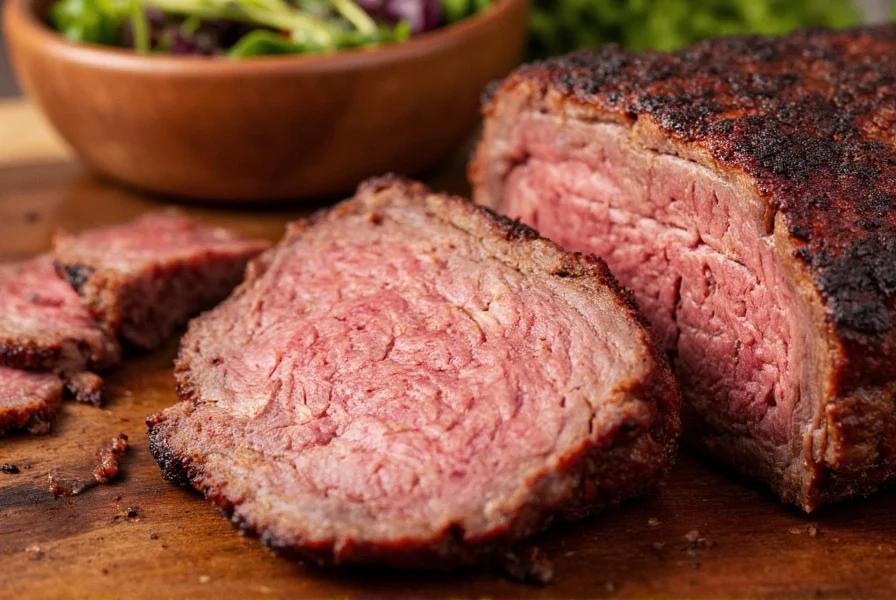
Recommended Cuts & Brands
- American Grass Fed Beef Co.: Known for high-quality marbled cuts ideal for slow roasting.
- D'Artagnan Organic Brisket: Perfect for health-conscious cooks who prefer organic and hormone-free options.
- Snake River Farms Black Angus Brisket: A premium choice for those aiming for melt-in-your-mouth tenderness.
Spice Storage 101: Keep Your Flavors Fresh
Your spice rack is the secret weapon behind that irresistible brisket crust and aroma. However, even the finest spices lose potency over time if not stored correctly. Here are some essential storage hacks:
- Airtight Containers: Store spices in sealed glass jars away from heat and light.
- Cool, Dry Places: Spice drawers or kitchen cabinets work best—avoid placing near the stove.
- Labeling & Dating: Use labels to identify contents and note purchase dates to track freshness.
- Whole vs Ground: Whole spices like peppercorns and cumin seeds last longer than ground versions.
- Freezer Storage: For extended shelf life, store chili powders and paprika in the freezer.
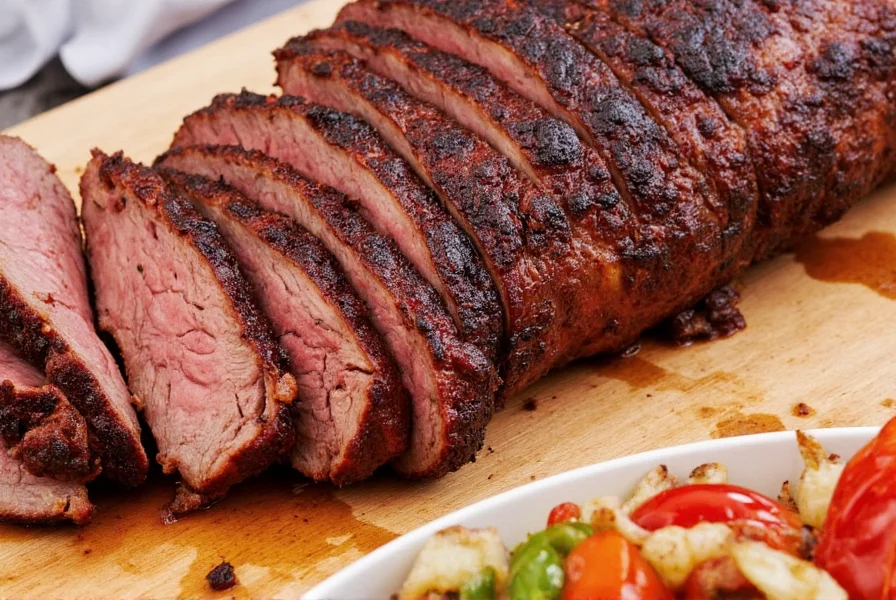
Essential Spices for Brisket Rubs
- Black pepper
- Brown sugar
- Garlic powder
- Onion powder
- Paprika (sweet or smoked)
- Chili powder
- Mustard powder
Top 10 Brisket Cooking Hacks for the Oven
Cooking brisket can feel intimidating, especially if you're new to low-and-slow methods. These clever tricks make the process easier, tastier, and more foolproof:
- The Water Pan Trick: Place a pan of water beneath the brisket to maintain humidity and prevent drying out.
- Butter Injection: Inject a mixture of melted butter, garlic, and herbs into the meat for added juiciness.
- Aluminum Foil Wrap: Wrap the brisket halfway through cooking to retain moisture and speed up tenderness.
- Salt & Rest Overnight: Season the brisket heavily and refrigerate overnight for deeper flavor penetration.
- Probe Test for Doneness: Use a meat thermometer or skewer to check for "butter knife" tenderness (around 200°F).
- Elevate the Meat: Use a wire rack inside the roasting pan to allow air circulation for an even cook.
- Double-Smoke Method: Smoke the brisket first on a grill, then finish in the oven for depth of flavor.
- Mop Sauce Magic: Apply a vinegar-based mop sauce every hour to keep the surface moist and enhance taste.
- Rest It Right: Let the brisket rest for at least 30 minutes before slicing to retain juices.
- Use a Convection Setting: If your oven has convection, use it for faster, more even cooking without dry spots.
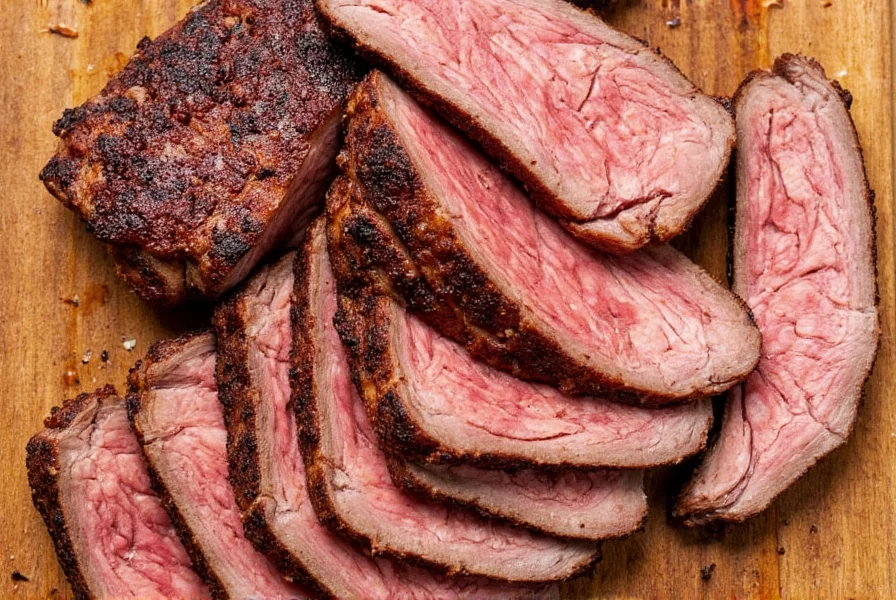
Step-by-Step: How to Cook Brisket in the Oven
Ready to dive into the process? Here's a detailed walkthrough that guarantees success every time:
Ingredients & Tools
- 1 whole packer brisket (10–14 lbs)
- Spice rub (see above list)
- Butter or oil for sealing flavor
- Wire rack
- Heavy-duty foil or butcher paper
- Meat thermometer
Instructions
- Trim Excess Fat: Leave about 1/4 inch fat cap for moisture and protection during cooking.
- Rub It In: Generously apply your spice mix to all sides and let sit overnight in the fridge.
- Preheat the Oven: Set to 250°F for a slow roast (or 300°F for slightly faster cook time).
- Place on Wire Rack: Position the brisket fat-side up on a wire rack inside a roasting pan with water.
- Cook Low and Slow: Roast for approximately 1 hour per pound until internal temp hits 165°F.
- Wrap It Up: Wrap in foil or butcher paper and return to oven until temp reaches 200°F (about 10–12 hours total).
- Rest Before Slicing: Let rest for 30–60 minutes, tented loosely with foil.
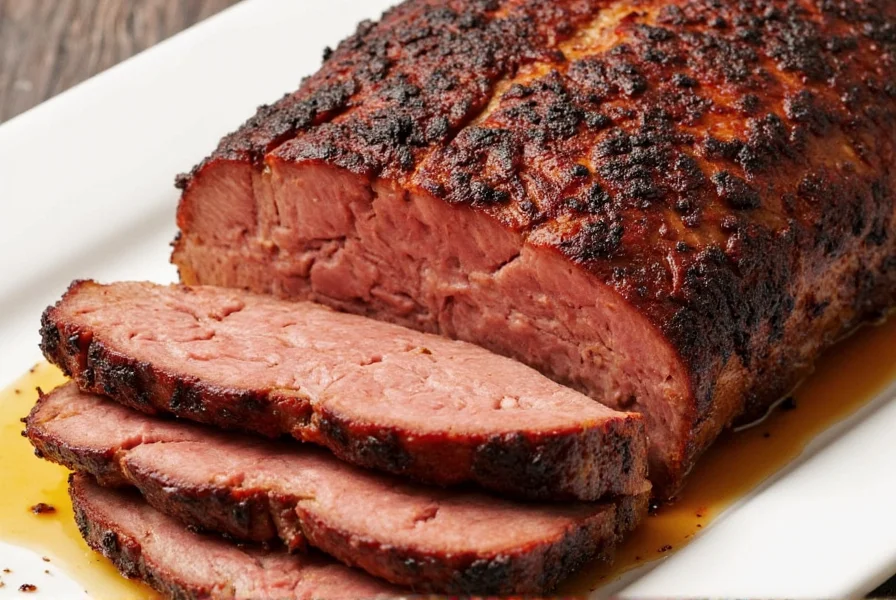
Pairings & Sides That Elevate Your Brisket
No brisket feast is complete without complementary sides and beverages. Here are some winning combinations:
| Side Dish | Beverage Pairing |
|---|---|
| Classic Macaroni and Cheese | Smoky Porter or Bourbon |
| BBQ Baked Beans | IPA or Amber Ale |
| Honey Glazed Carrots | Chardonnay or Pinot Gris |
| Coleslaw | Lager or Sparkling Wine |
| Garlic Mashed Potatoes | Malbec or Merlot |
FAQs: Common Questions About Oven-Cooked Brisket
Got questions? Here are answers to the most commonly asked queries about cooking brisket in the oven:
- How long does it take to cook brisket in the oven? Brisket typically takes 1 to 1.5 hours per pound at 250°F. For a 12-pound brisket, this means approximately 12-15 hours of cooking time. The key indicator is internal temperature reaching 195-205°F with probe-tender texture.
- What's the ideal oven temperature for cooking brisket? 225-250°F is ideal for traditional low-and-slow cooking. Some prefer 300°F for faster cooking (about 30-45 minutes per pound), but this requires more careful monitoring to prevent drying.
- Can I cook brisket at 350°F? While possible, higher temperatures risk drying out the meat. If you must cook at 350°F, limit it to the first hour to develop a crust, then reduce to 250°F for the remainder of cooking time.
- Do I need to wrap my brisket? Yes, wrapping (often called the Texas crutch) is recommended when the internal temperature reaches 160-170°F. This helps push through the stall period, retains moisture, and speeds up cooking. Use butcher paper for better bark development or foil for maximum moisture retention.
- How long should I rest brisket before slicing? Rest for a minimum of 1 hour, though 2 hours is ideal. Proper resting allows juices to redistribute throughout the meat. Keep it loosely tented with foil in a cooler or warm oven (150°F) if resting longer than 2 hours.
- What if my brisket stalls at 160-170°F? The stall is completely normal as moisture evaporates from the surface. This can last several hours. Continue cooking patiently, and consider wrapping if the stall persists beyond 3 hours to help push through to the target temperature.
- How do I know when brisket is done cooking? Doneness is determined by texture, not just temperature. At 195-205°F, the brisket should be probe-tender—meaning a thermometer or skewer slides in with little resistance, like butter. The meat should also feel jiggly when nudged.
- Should I cook brisket fat-side up or down? Cook fat-side up when using a water pan below, as the fat will render down through the meat. If not using a water pan, some prefer fat-side down to protect the meat from direct heat, but fat-side up generally yields better results in home ovens.
- Can I cook brisket without a smoker? Absolutely! The oven is an excellent environment for cooking brisket. The controlled temperature and ability to maintain moisture make it ideal for perfect brisket without specialized smoking equipment.
- How much brisket do I need per person? Plan for about 1/2 pound per person of raw brisket, as it loses 30-40% of its weight during cooking. For a crowd of 10, purchase a 7-8 pound brisket (before trimming).
- Can I freeze leftover brisket? Yes, slice or chop the brisket, then vacuum-seal or place in airtight containers with some of the cooking juices. Properly stored, it will maintain quality for up to 3 months. Thaw in the refrigerator before reheating.
- How do I slice brisket properly? Always slice against the grain for maximum tenderness. Identify the direction of the muscle fibers and cut perpendicular to them. For the point and flat sections, note that the grain runs in different directions, so adjust your slicing accordingly.
Conclusion: Mastering the Art of Brisket at Home
Cooking brisket in the oven isn't just about following a recipe—it's about understanding the balance between patience, temperature control, and seasoning mastery. With these spice storage hacks, clever cooking tricks, and a solid step-by-step method, you're now fully equipped to impress guests or simply treat yourself to restaurant-worthy brisket at home. So fire up that oven, grab your favorite rub, and get ready to savor one of the most satisfying meats around!
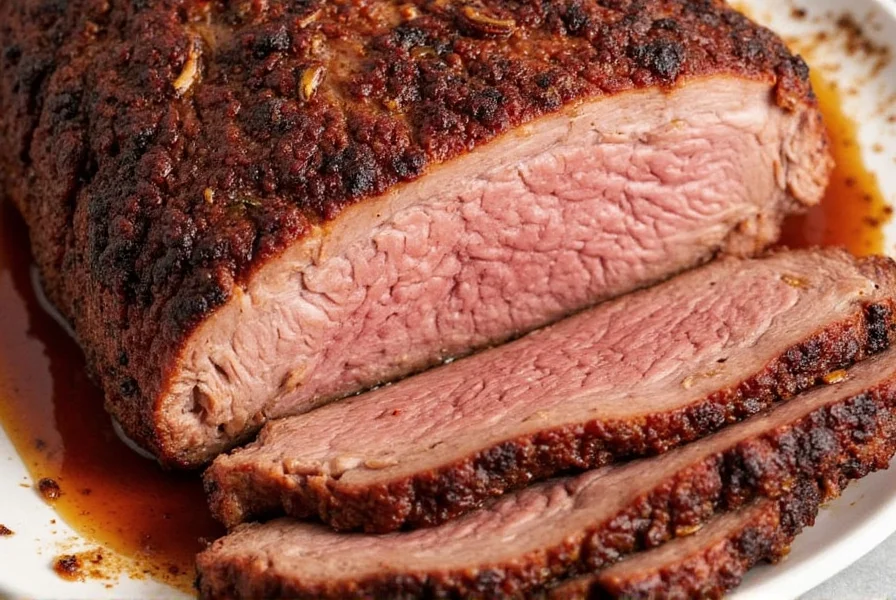

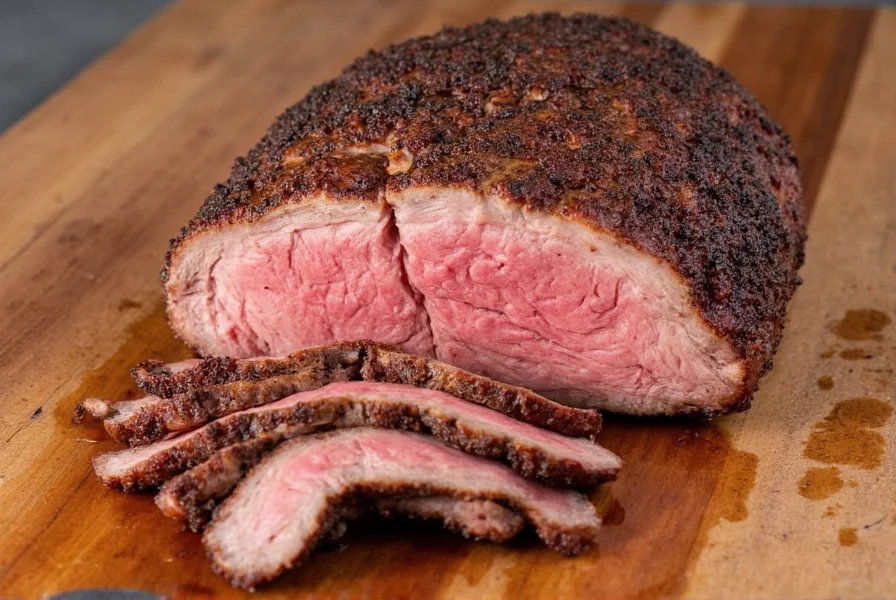









 浙公网安备
33010002000092号
浙公网安备
33010002000092号 浙B2-20120091-4
浙B2-20120091-4